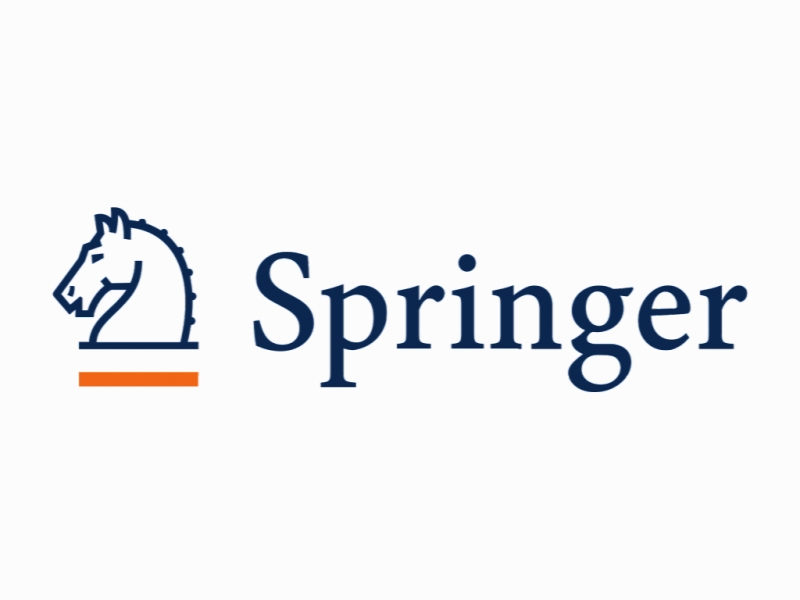افزایش یادگیری سازمانی توسط الگوهای مختلف ارتباط افراد در یک سازمان How different connectivity patterns of individuals within an organization can speed up organizational learning
- نوع فایل : کتاب
- زبان : انگلیسی
- ناشر : Springer
- چاپ و سال / کشور: 2018
توضیحات
رشته های مرتبط مدیریت
گرایش های مرتبط مدیریت منابع انسانی، مدیریت دانش
مجله ابزارهای چندرسانه ای و برنامه های کاربردی – Multimedia Tools and Applications
دانشگاه Department of Computer Science and Engineering – Dongguk University – South Korea
منتشر شده در نشریه اسپرینگر
کلمات کلیدی انگلیسی Knowledge management system, Knowledge sharing, Centrality measures, Informal communication network topology, Organizational learning, Agent-based modeling
گرایش های مرتبط مدیریت منابع انسانی، مدیریت دانش
مجله ابزارهای چندرسانه ای و برنامه های کاربردی – Multimedia Tools and Applications
دانشگاه Department of Computer Science and Engineering – Dongguk University – South Korea
منتشر شده در نشریه اسپرینگر
کلمات کلیدی انگلیسی Knowledge management system, Knowledge sharing, Centrality measures, Informal communication network topology, Organizational learning, Agent-based modeling
Description
1 Introduction A learning organization can be understood as a complex network in which individuals interact with each other, aiming at some global purpose. It can be considered as a peer-to-peer system (P2P) in which learning occurs during the interactions of individuals which are located in it. In a learning organization, collective knowledge of the individuals is needed in order for the organization to reach its over-all goals. When an organization becomes a learning organization [38], knowledge application is necessitated to help organizations to retain correct and valuable knowledge. If the workforces of an organization learn more quickly than the workforces of its competitors we can say that the company has a competitive advantage or edge over its rivals. Therefore, researchers and scientists try to understand the effective way of the knowledge collection and management in order to create value of its potentials and use it as a competitive advantage. Knowledge management in an organization refers to the process of creating value from the organization’s intangible assets [30]. In other words, it leverages the collective wisdom of the people by soliciting ideas and solutions for an organization. Organizational employees improve the chances of achieving organizational goals by utilization of all available resources as well as knowledge. Learn from the experiences of others who have been more effective in the similar or other areas, improve the quality and speed of problem solving. From an organizational perspective, the most important aspect of knowledge management is to transfer knowledge. Therefore, organizations must adopt structures that allow them to create and transfer more knowledge. In this article we focus on a popular set of network metrics, mainly measures of centrality of individuals. Centrality measures help us to identify positions within the network, from where people have a better chance of accessing worthwhile information. We argue that centrality measures can be considered as strategic or expert type of knowledge transfer in an organization where the collective knowledge of the individuals is needed to accomplish the organizational goal, which is of critical importance to the whole organization. Despite the creation of new knowledge and process of learning at an individual level, organizational informal communication structure affects the nature of human interactions and information flow. We investigate and emphasize the role of individual structural importance within the communication structure of individuals as a mechanism for knowledge flow and organizational learning. Structural position of individuals in a network can help us to have a better access to ongoing information exchange processes in the organization.


